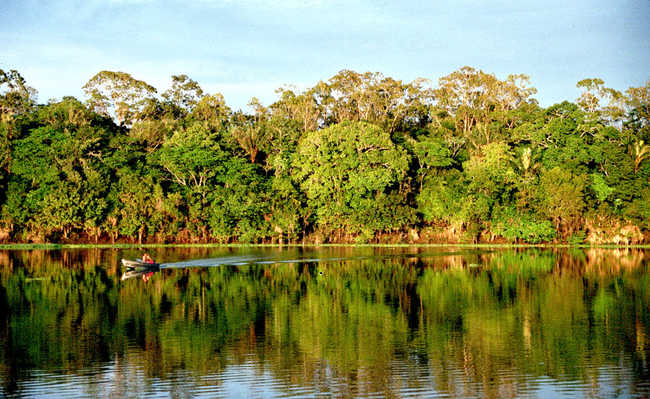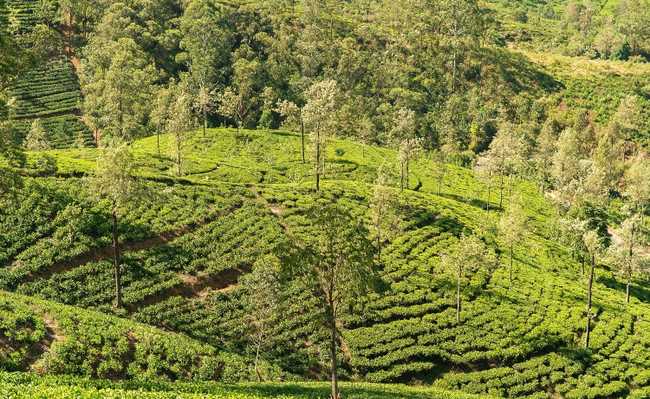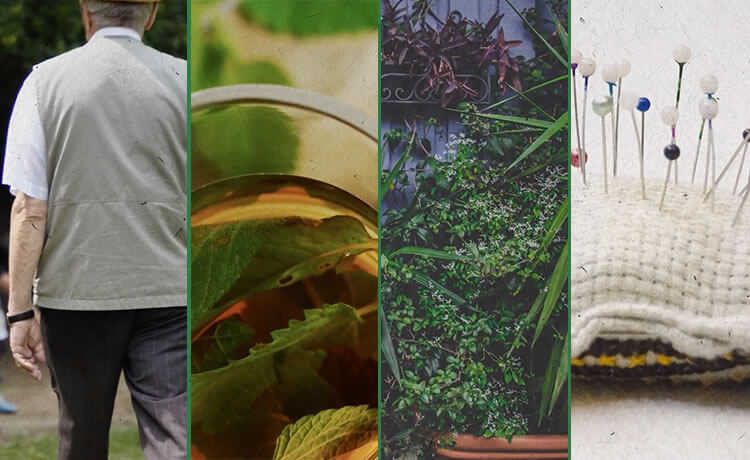Dandelion is edible and has proven benefits.
The benefits of consuming dandelion are proven by science

Dandelion, wild radite, wild chicory, crazy chicory, mole salad and the list of names goes on! This little plant with yellow flowers, flying seeds (the pompom part) and green leaves in the shape of a saw, scientifically calledTaraxacum officinale, is of European origin and, in Brazil, it is a ruderal vegetable, that is, it is born spontaneously without any work. Dandelion adapts to many types of soil and can be found even in cracks in the asphalt, but it grows best on healthy lawns.
Dandelion is evergreen, which means its leaves don't fall out and it has a long life cycle. It needs full sun and its height varies from 5 cm to 30 cm. In addition, the list of dandelion health benefits discovered by traditional Chinese, Arabic, and Native American medicine (and proven by science) is long. Some of these benefits can be enjoyed even through direct consumption, as dandelion is edible, being recognized as Panc (non-conventional food plant).
Scientific studies on the properties of the dandelion

Hans Linde image by Pixabay
According to a study published by Journal of Oncology, although flower and root extract had no effect on breast and prostate cancer cells, dandelion leaf extract, in contrast, reduced the number of cancer cells in these organs. Another study, published by the academic journal Elsevier, demonstrated that dandelion leaves have properties that protect the liver from damage caused by alcohol. In addition, the extract from its leaves has an anti-inflammatory effect. Other beneficial properties can be obtained from the extract of the dandelion flower, which are the antioxidant and antitumor effect, according to the publication of Journal of Agricultural and Food Chemistry.
- How to do liver cleansing
- 16 foods that are natural anti-inflammatory
- Antioxidants: what are they and in what foods to find them
The consumption of dandelion leaves also brings anti-rheumatic, diuretic effects and improves bile production. And it doesn't stop there: according to the International Journal of Molecular Science, the dandelion root and leaves have the potential to control cholesterol levels and may prevent atherosclerosis (the formation of fatty plaques in the artery walls), which can lead to myocardial infarction and stroke.
The Regional Council of Pharmacy of the State of São Paulo (CRM-SP) recognizes the dandelion as a medicinal plant for the treatment of digestive disorders, as an appetite stimulant and diuretic. The recommendation is to infuse three to four teaspoons of dandelion (whole) in a cup of boiling water, wait for it to warm and drink three cups throughout the day.
Side effects
Dandelion also has contraindications, and cannot be used by children under two years old and people who have obstruction of the bile ducts and intestinal tract, gastritis, gastroduodenal ulcer and gallstones. Dandelion consumption can also cause side effects such as gastric hyperacidity and pressure drop.
- Low blood pressure: symptoms, causes and treatments
How to recognize the dandelion
It is very easy to confuse the dandelion with another vegetable, the sow, scientifically known as sonchus oleraceus, as it also has yellow flowers and flying seeds in the shape of a pompom. Two characteristics that differentiate them and make recognition easier are in the leaves and flowers. The leaves of the sawdust are flatter and several flower buds can appear from the same stem, different from the dandelion, in which the leaves are longer, with more of a dandelion aspect (literally), and only one sprouts. flower per stem. In the images below you can see this difference:

Serralha (Sonchus oleraceus) - several buds on the same stem and leaves flatter than those of the dandelion. Sten, Sonchus-oleraceus-flowers, CC BY-SA 3.0

Dandelion (Taraxacum officinale) - a single flower per stem and longer leaves. H. Zell, Taraxacum officinale 001, CC BY-SA 3.0
For those who aren't very used to eyes, it might not be so easy to tell the difference between these two, but if you just want to make a salad, don't worry too much about it, as they are both edible! The greatest care is to look for soils that have no history of contamination by sewage, heavy metals or proximity to cemeteries (among other polluting sources).
dandelion as food
In addition to being used as a medicine, you already know: dandelions are also edible! It is even recognized by the FAO (an important United Nations institution that deals with food issues) as a food source. A study published by Plant Foods Hum Nutr showed that each 100 grams (g) of dandelion has 15.48 g of protein and 47.8 g of fiber, significant amounts to be considered as a food source, according to the study itself. The same research also points out the dandelion as a source of potassium and as an aid in weight loss, as it helps in the formation of fecal cake.
And it's fully edible - roots, stems, leaves and flowers. It is very reminiscent of the taste of bitter vegetables such as Catalonia. And, for those who like to feel a little bitter, it is possible to prepare it as a salad, green juice and tea. Its roasted root can even replace coffee. But those who don't like bitterness and still want to enjoy the benefits of dandelion can sauté it in oil and garlic to soften it. Another possibility is to make a dandelion farofa, as in the recipe below:
- What is constipation?
Ingredients
- 2 cups of washed and chopped dandelion leaves;
- 4 cups of manioc flour;
- 4 tablespoons of oil (or to taste);
- 1 chopped onion;
- Salt to taste (suggestion of a shallow half tablespoon);
- Keep the flowers washed and keep them raw to decorate the dish (optional).
Method of preparation
Pour the four tablespoons of oil into a pan and cook with the chopped onion. Before the onion starts to brown completely, add the dandelion and, after sauteing it, with the onion already browned, add the manioc flour and salt. Stir all the ingredients until the flour is lightly browned and, that's it, it's ready to serve. You can also use raw (washed) flowers to decorate the dish as they are also edible.
- Seven Benefits of Raw and Cooked Onions
Dandelion consumption and the environment
The consumption not only of dandelion, but of all Pancs (non-conventional food plants), should be practiced and encouraged as a way to reduce impacts on the environment. This is because, by consuming unconventional species and especially those that are born spontaneously, we reduce the environmental pressure caused by the application of inputs, pesticides, monoculture practices and transportation.
- what is agroecology
In addition, practicing and disseminating medicinal treatment through plants is a way to improve access to health, especially for those who are unable to finance their expenses with traditional medicine, which is very expensive.










